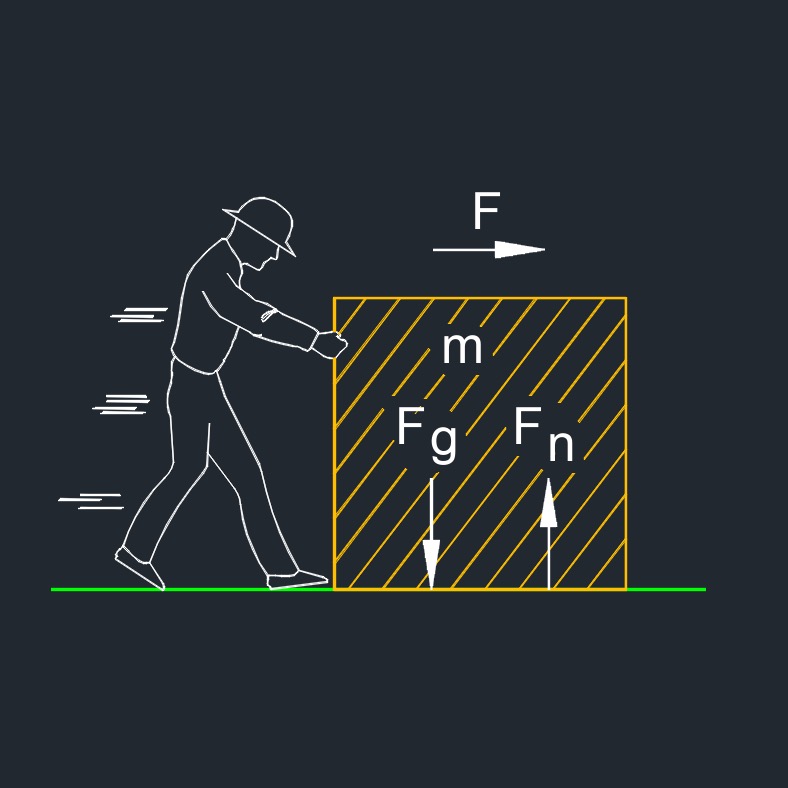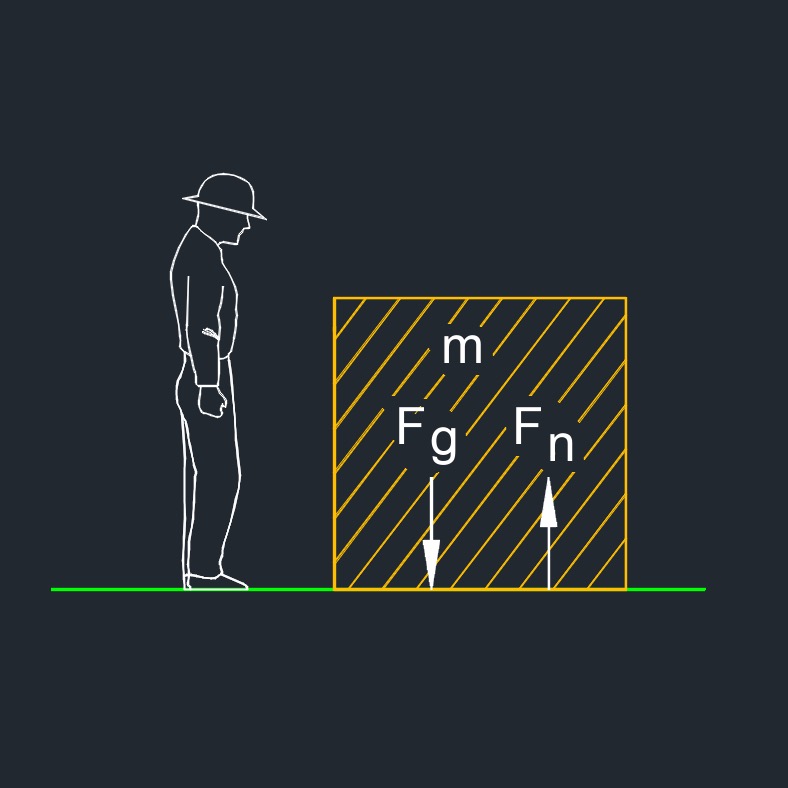Newton's First Law

 Newton's first law, also known as the law of inertia, (unit Eng \( in^4 \), unit SI \( mm^4 \)), states that an object at rest will remain at rest, and an object in motion will continue moving with a constant velocity along a straight line, unless acted upon by an external force. In other words, an object will maintain its state of motion (either at rest or in motion) unless an external force acts on it. If no force is applied, an object will remain at rest, and if it is already in motion, it will continue moving in a straight line at a constant speed.
Newton's first law, also known as the law of inertia, (unit Eng \( in^4 \), unit SI \( mm^4 \)), states that an object at rest will remain at rest, and an object in motion will continue moving with a constant velocity along a straight line, unless acted upon by an external force. In other words, an object will maintain its state of motion (either at rest or in motion) unless an external force acts on it. If no force is applied, an object will remain at rest, and if it is already in motion, it will continue moving in a straight line at a constant speed.
The concept of inertia is fundamental to Newton's first law. Inertia refers to an object's resistance to a change in its state of motion. The more massive an object is, the greater its inertia. This means that objects with more mass require more force to accelerate or decelerate compared to objects with less mass.
Newton's first law has significant implications for understanding the behavior of objects in the absence or presence of external forces. It forms the basis for our understanding of motion and is a fundamental principle in Newtonian physics.

